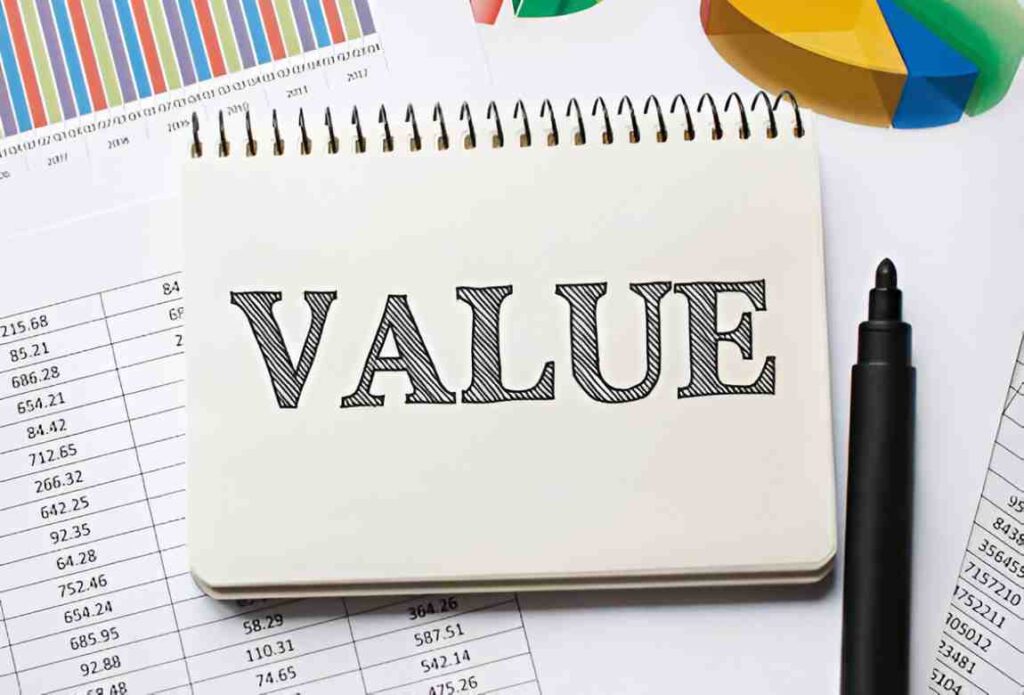When I think about the broader picture of financial stability, one critical aspect stands out: reserve assets. These financial tools provide countries and financial institutions with the necessary resources to ensure stability, both in terms of domestic economics and global trade dynamics. In this article, I’ll delve into the importance of reserve assets, their composition, and their role in the financial system. By the end, I hope you’ll understand not only the technical aspects but also the real-world implications of reserve assets, especially from a U.S. perspective.
Table of Contents
What Are Reserve Assets?
Reserve assets, often referred to as “foreign reserves,” represent the financial resources held by a country’s central bank or monetary authority. These assets are used primarily to back the country’s liabilities and stabilize the national currency. In simple terms, these are the reserves that governments and central banks rely on to manage their monetary policies and to intervene in the foreign exchange markets when necessary.
In the United States, these reserves are primarily held by the Federal Reserve and the U.S. Treasury. They are crucial for handling international financial obligations and maintaining the stability of the U.S. dollar in global markets. Reserve assets are vital in times of economic turmoil, as they allow countries to support their currency value, pay off debts, or finance trade deficits.
Types of Reserve Assets
Reserve assets come in various forms, but I’ll focus on the four most significant ones:
- Foreign Exchange Reserves (FX Reserves): The largest component of a nation’s reserves, consisting of foreign currencies such as the Euro, Japanese Yen, British Pound, and others. These reserves are held in the form of bank deposits and foreign bonds.
- Gold: While not as dominant as it once was, gold still remains an important part of reserve assets. It acts as a hedge against inflation and a store of value during economic instability.
- Special Drawing Rights (SDRs): These are international reserve assets created by the International Monetary Fund (IMF). They are used as a supplement to other reserve assets and can be exchanged between member countries.
- Reserve Position in the IMF: This is the country’s claim on the IMF, which can be used to obtain foreign currency in times of need.
Why Are Reserve Assets Crucial?
Reserve assets play a pivotal role in maintaining the stability of a country’s economy, and their significance goes beyond just currency stabilization. I’ll break down the core reasons why these assets matter:
- Stabilizing Currency Value: Reserve assets act as a buffer for countries experiencing fluctuations in their currency value. If the value of a currency is under pressure, central banks can sell their foreign reserves to buy up their own currency in an effort to stabilize its value.
- Ensuring Liquidity in Times of Crisis: Having sufficient reserves is like having an emergency fund for a country. During periods of financial instability or unforeseen events (like natural disasters, financial crashes, or geopolitical conflicts), reserve assets can be liquidated to fund necessary imports or to stabilize the financial system.
- Facilitating Trade and Investment: Countries with strong reserves are able to engage in more effective trade and investment activities. This is particularly true for countries that have a history of trade imbalances. For instance, if a country imports more than it exports, it can use its reserves to finance the deficit without devaluing its currency.
- Meeting External Debt Obligations: Reserve assets help countries honor their external debt commitments. For example, the U.S. government and other nations borrow money from foreign investors. Reserve assets allow for timely payments to these investors, avoiding defaults.
- Boosting Confidence in the Economy: The size of a country’s reserve assets is a critical indicator of its economic health. A robust reserve position sends a positive signal to international markets, boosting confidence in the nation’s economic policies and outlook.
Reserve Assets and the U.S. Economy
In the United States, the role of reserve assets is a bit unique. As the issuer of the world’s dominant reserve currency, the U.S. has more flexibility than other countries in managing its reserve assets. The U.S. dollar is widely held as a reserve currency by central banks worldwide, which means that the U.S. has access to a much larger pool of foreign exchange reserves than other nations.
However, the U.S. is not exempt from the need for its own reserves. These assets still play an essential role in managing the nation’s financial stability. The Federal Reserve, for example, holds a significant portion of the country’s reserve assets, which include foreign exchange reserves, gold, and SDRs.
To understand how this works in practice, let me break it down with a simple example:
Example: Managing a Trade Deficit
Imagine that the United States is running a significant trade deficit, meaning it imports more goods and services than it exports. To cover this deficit, the U.S. needs to obtain foreign currency to pay for the goods it imports. The U.S. can either borrow this money, sell government bonds, or dip into its foreign exchange reserves.
Let’s say the U.S. imports $500 billion more than it exports in a given year. If the U.S. doesn’t have enough foreign currency reserves to cover this, it would have to sell U.S. bonds or borrow money, which could lead to rising national debt. By using foreign reserves, the country can avoid taking on too much debt and keep the value of its currency stable.
The Math Behind Reserve Asset Calculations
Reserve assets aren’t just a matter of “having enough money” — they also involve complex calculations to ensure that the country’s reserves are sufficient to cover all potential liabilities. This is especially important when considering factors such as debt obligations, trade deficits, and economic growth projections.
For example, let’s say the U.S. needs to calculate the minimum amount of foreign exchange reserves required to cover its short-term foreign debt. This is done through the following formula:
R = \frac{D}{M} \times \left(1 + f \right)Where:
- R = Required reserves
- D = Short-term debt
- M = Money supply (currency in circulation)
- f = A safety factor (this accounts for uncertainties and potential economic shocks)
If the U.S. has $1 trillion in short-term foreign debt and the money supply is $10 trillion, the reserve requirement with a safety factor of 10% would be calculated as follows:
R = \frac{1,000,000,000,000}{10,000,000,000,000} \times (1 + 0.1) = 0.1 \times 1.1 = 0.11This means that the U.S. would need $110 billion in foreign reserves to cover its short-term debt, considering the given safety factor.
Table: Comparison of Reserve Assets (U.S. vs. Global)
Let’s now look at a comparison of the reserve assets held by the U.S. and other major global economies. This will help illustrate the role reserves play in maintaining economic stability:
| Country | Foreign Exchange Reserves (USD Billions) | Gold Reserves (Metric Tons) | SDRs (SDR Millions) |
|---|---|---|---|
| United States | 1400 | 261.5 | 65,000 |
| China | 3200 | 194.5 | 100,000 |
| Euro Area | 2000 | 10.5 | 150,000 |
| Japan | 1300 | 765 | 40,000 |
| India | 500 | 550 | 17,000 |
As we can see from this table, the United States holds a substantial amount of reserves, especially in terms of foreign exchange. Gold, while still relevant, plays a secondary role to foreign exchange reserves and SDRs.
Reserve Asset Management and Global Financial Stability
The management of reserve assets is not just a national concern; it has global implications. Since the U.S. dollar is the primary global reserve currency, fluctuations in the dollar’s value can have ripple effects on international trade and investment. This means that the Federal Reserve and other central banks around the world must carefully manage their reserve assets to avoid instability.
The global reserve currency system has evolved significantly over the past few decades. In the past, gold played a more dominant role in the global reserve system, but now, fiat currencies, particularly the U.S. dollar, have taken center stage. This shift has brought about new challenges and opportunities in managing reserve assets.
Conclusion
In conclusion, reserve assets are a cornerstone of global financial stability. They allow countries, particularly the U.S., to manage their economic obligations and maintain the value of their currencies. The U.S. is fortunate to have the dollar as the global reserve currency, but it still requires careful management of its reserve assets to ensure long-term stability. By understanding the types of reserve assets, their importance, and their role in both domestic and global finance, we can appreciate how essential they are to the smooth functioning of the economy.





